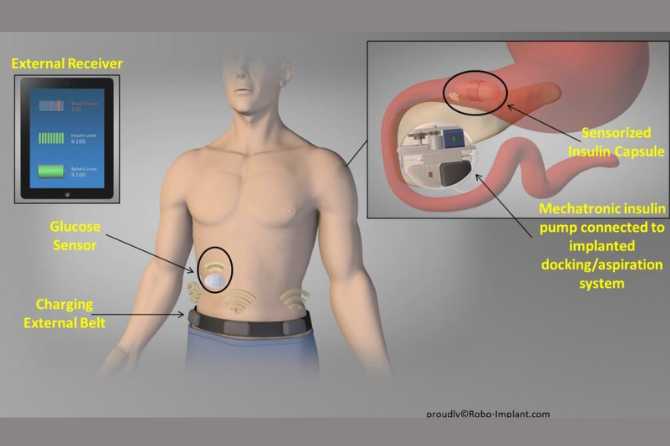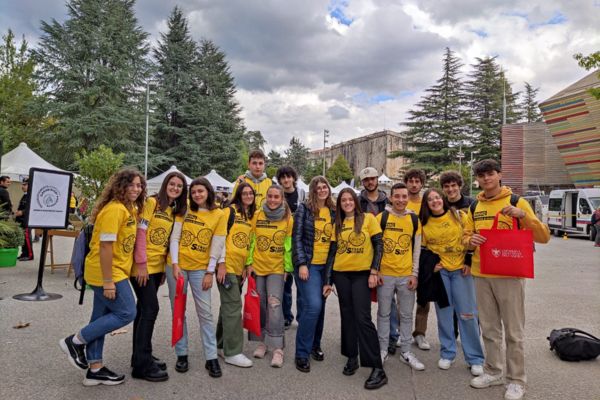A revolutionary prototype for diabetics, monitored within the framework of ASOC
Italians with type 2 diabetes represent about 6% of the population, which is almost 4 million people. However, it is estimated that this number could be supplemented by approximately 1.5 million people affected by undiagnosed disease. A phenomenon that is particularly on the rise after the Covid-19 pandemic.
Taking into account the statistics but above all the need to improve the quality of life for people affected by type 1 and type 2 diabetes, numerous public investments have been planned, financed also by cohesion policies among incentives for businesses in Research and Innovation. Among these investments is the production of a robotic device for intraperitoneal insulin release, a project funded by the Development and Cohesion Fund in the 2014-2020 programming cycle for an amount of €1,131,404.12. An innovative and unique project, which students from the G. Marconi Technical Institute in Pontedera (PI) chose to monitor in the 2019-2020 school year, a particularly difficult year due to Covid-19 and the consequent lockdown which imposed several restrictions.
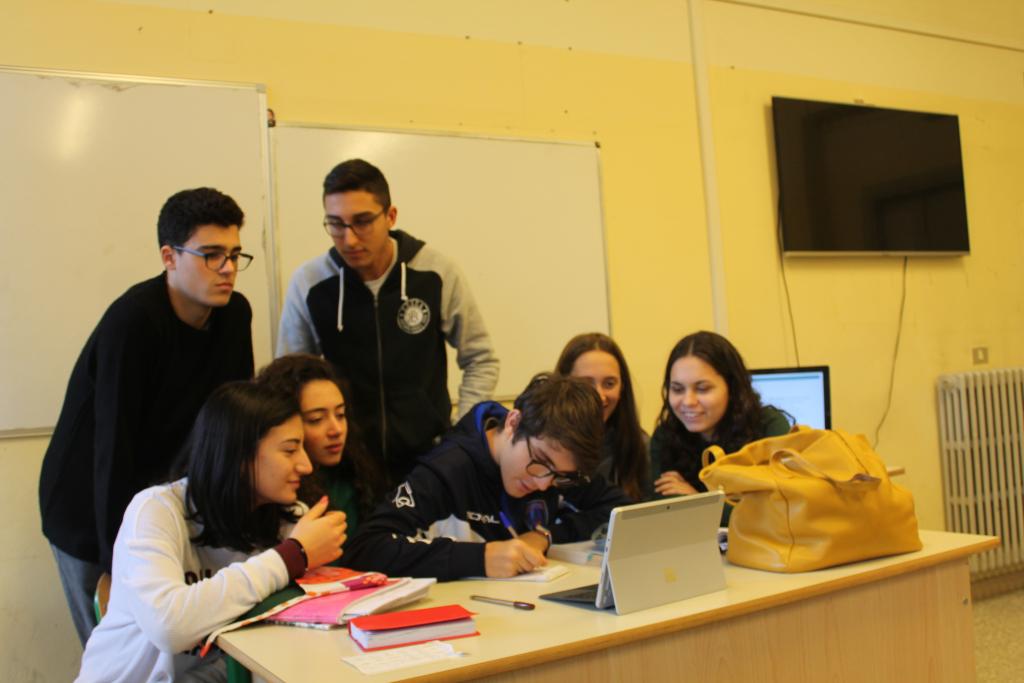 The RoboPharm team has explored the world of robotics applied to the biomedical sector, meeting with the creators of the project and interviewing one of the patients who has experienced the effectiveness of the prototype devised in 2009. The prototype was designed with the aim of overcoming the limitations of traditional therapies for diabetes, allowing continuous monitoring of blood glucose levels and automatic infusion of insulin into the body.
The RoboPharm team has explored the world of robotics applied to the biomedical sector, meeting with the creators of the project and interviewing one of the patients who has experienced the effectiveness of the prototype devised in 2009. The prototype was designed with the aim of overcoming the limitations of traditional therapies for diabetes, allowing continuous monitoring of blood glucose levels and automatic infusion of insulin into the body.
As explained by the Tuscany Region, the project's programming entity, in August 2021, a patent application titled "A SYSTEM FOR THE CONTROLLED ADMINISTRATION OF A SUBSTANCE WITH AN IMPLANTABLE INFUSION DEVICE PROVIDED WITH AN IMPROVED DOCKING GROUP FOR RELIABLY DOCKING AN INGESTIBLE SUBSTANCE CARRIER" was filed. This patent application is at least partly related to some of the themes of the project.
The system developed by researchers at the Sant'Anna School of Advanced Studies, in addition to enabling localized therapy and physiological infusion, can be very useful for those who need to take insulin multiple times a day.
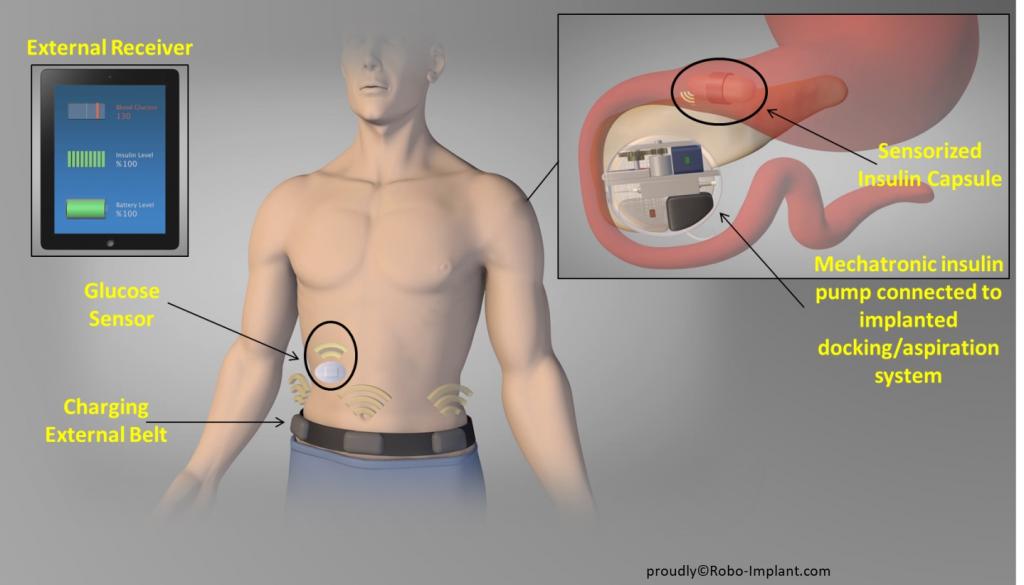 "We have been working in robotics for therapy and minimally invasive surgery for some time," the team of researchers told "Portale Diabete" web magazine in 2021. "We have developed capsules for gastrointestinal monitoring and magnetic systems for remote actuation in surgery. Within a doctoral school, the idea arose to think of the capsules as shuttles that could supply artificial internal organs, thus treating chronic diseases of extreme relevance. Funding from the Tuscany Region allowed us to achieve these encouraging results."
"We have been working in robotics for therapy and minimally invasive surgery for some time," the team of researchers told "Portale Diabete" web magazine in 2021. "We have developed capsules for gastrointestinal monitoring and magnetic systems for remote actuation in surgery. Within a doctoral school, the idea arose to think of the capsules as shuttles that could supply artificial internal organs, thus treating chronic diseases of extreme relevance. Funding from the Tuscany Region allowed us to achieve these encouraging results."
A revolutionary device that could enable the construction of the first fully implantable artificial pancreas and could also be used in the treatment of other chronic and acute conditions affecting intraperitoneal organs.
"From the data we have managed to gather and from the information provided by the researchers," write the students of the Tuscan ASOC team in their Monithon report compiled in 2020, "the various difficulties related to the development of the prototype have been overcome thanks to the collaboration of all the team components. The risk is that the prototype may not be brought to market in a timely manner."
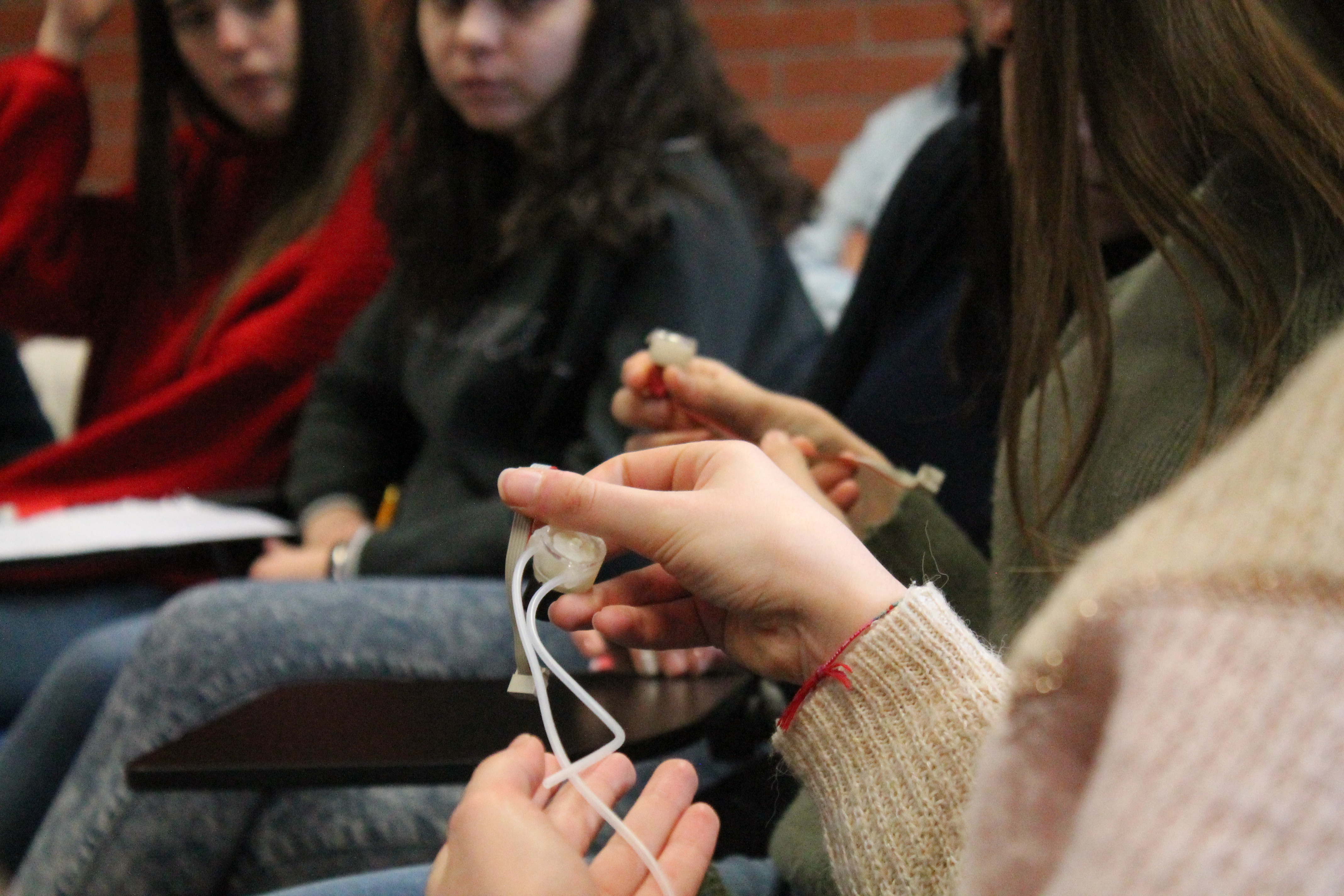 The added value of the research carried out by the students also included the ability to gather feedback and useful information directly from a diabetic patient who had the opportunity to experiment with the micro-infuser for a year and a half. From the civic monitoring video, it's possible to listen to the interview with Alex, who shared his fears and expectations: "Using the device changed everything, especially because the software calculates the necessary dose directly. The only downside is the size; it would be important to consider a wireless solution."
The added value of the research carried out by the students also included the ability to gather feedback and useful information directly from a diabetic patient who had the opportunity to experiment with the micro-infuser for a year and a half. From the civic monitoring video, it's possible to listen to the interview with Alex, who shared his fears and expectations: "Using the device changed everything, especially because the software calculates the necessary dose directly. The only downside is the size; it would be important to consider a wireless solution."
Thanks to the ASOC project, participating schools tackle complex yet fundamental topics, including the development of innovative methods and tools in the field of applied medical research. They engage with professionals in the field and have the challenging task of translating complex and sophisticated acts, feasibility studies, and technical details into stories. This is not always an easy task, but it's crucial for bridging the gap between research and understanding among the broader audience.

